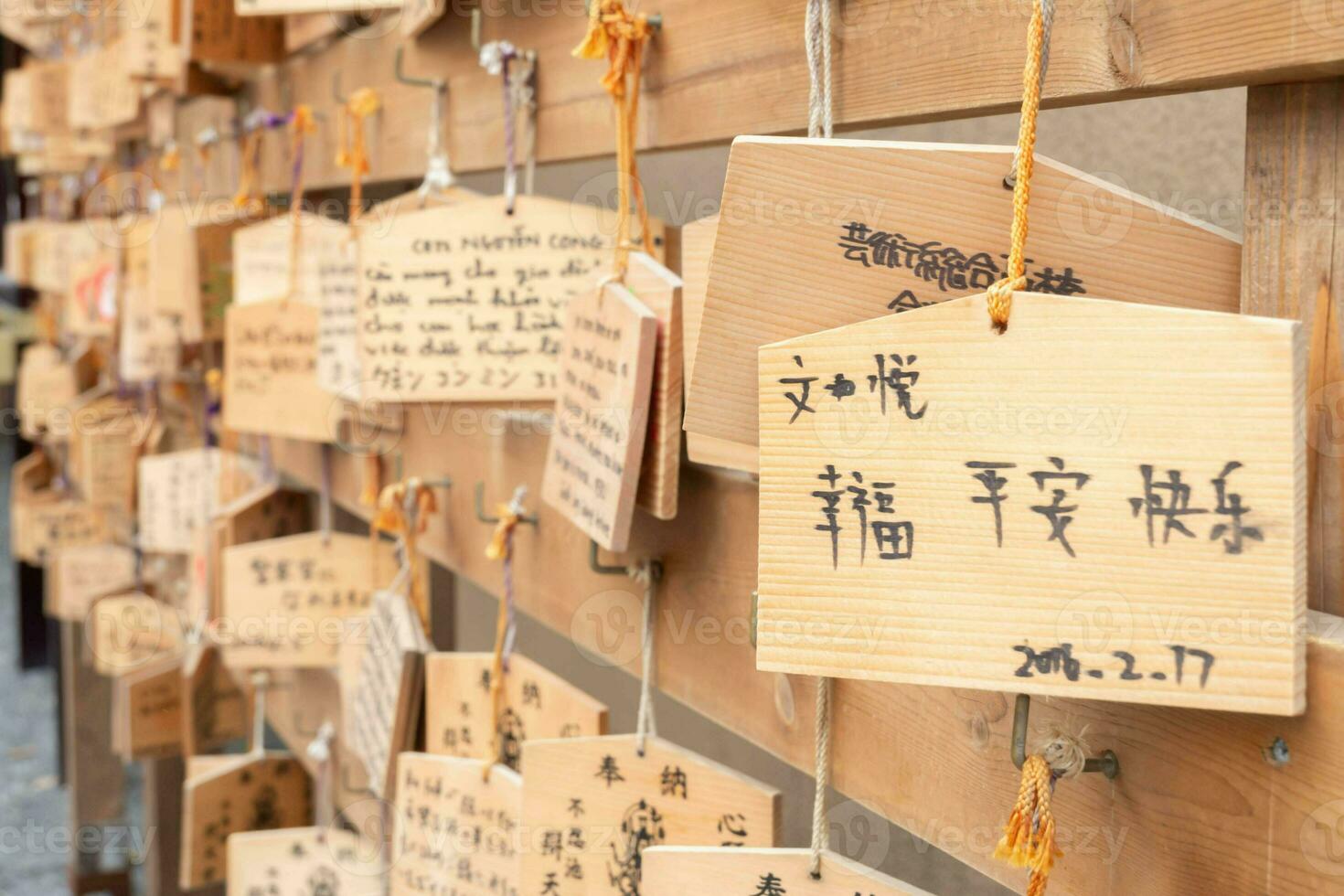Kyoto, the historical heart of the Land of the Rising Sun, is a town steeped in rich heritage and age-old customs. Among its many wonders, the vibrant celebrations stand out as a testament to the city's lasting legacy and collective spirit. From the grand procession of Aoi Matsuri to the spectacular decorations of Gion Festival, each festivity offers a unique glimpse into the captivating cultural tapestry that shapes this ancient capital. These celebrations not only showcase the creative excellence and craftsmanship of the local people but also connect generations by honoring rituals passed down through the ages.
As the months change, Kyoto comes alive with the noises, views, and fragrances of its festivals, each reflecting the intrinsic values and traditions of the society. Visitors and residents alike eagerly anticipate these get-togethers, which are not merely events but a way to experience the essence of Kyoto's tradition. Whether participating in the intricate events or marveling at the stunning clothing, one is invited to dive deep in the spirit of Kyoto, making memories that resonate the city's vibrant past and promising future.
A Importance of the Gion Festival
The Gion Festival is one of the most renowned festivals in Kyoto, held annually in July. Its origins go back to the nineteenth century as a purification ritual to appease the gods during a plague. Over the centuries, it has evolved into a celebrated festival featuring vibrant floats, cultural music, and performances, firmly embedded in Kyoto's cultural tradition. The festival not only displays the city's artistic talent but also serves as a signal of its history and time-honored customs.
The focal point of the festival is the procession of floats, known as yamaboko, which travel through the streets of Kyoto. These floats are elaborately designed and symbolize distinct areas of the city, with each exhibit showcasing distinct artistry and historical importance. The event attracts thousands of visitors, both local and overseas, who arrive to appreciate the artistry and join in on the festivities. This community spirit reinforces the bonds among residents and keeps the beloved customs living.
Moreover, the festival plays a crucial role in the preservation of Kyoto's culture. It provides a platform for the local to come together, celebrate their cultural identity, and pass down traditional practices to future generations. The event emphasizes the importance of traditions and practices in maintaining the essence of Kyoto, making it an essential part of the city's cultural fabric. Through the festival, the heritage of Kyoto's rich history continues to flourish.
Aoi Matsuri: A Celebration of Nature
Aoi Matsuri, held annually on the 15th of May, is a great Kyoto's significant festivals, rich with the city’s ancient traditions. Festivation traces its origins back to the 600s as a ritual to secure a rich harvest and appease the deities of nature. The name "Aoi Matsuri" refers to the plant known as hollyhock, which is prominently featured in the festival's ceremonies, symbolizing prosperity and good fortune. This connection to nature is integral to the celebration, showcasing the harmonious connection between Kyoto's citizens and their environment.
The festival kicks off with a splendid procession known as the "Sanbo-sai," where participants put on vibrant traditional costumes inspired by the Heian period. The route from the Kyoto Imperial Palace to the Shrines of Kamo is filled by spectators eager to see the elaborate display. Floats adorned with rich greenery and flowers celebrate the natural beauty that the festival showcases. The detailed preparation and the appreciation shown during this procession represent Kyoto's deep cultural heritage and commitment to preserving its traditions.

At the center of Aoi Matsuri is a deep admiration for Kyoto's natural landscape. The rituals performed during the festival are meant to honor the gods that protect the crops and wildlife in the area. This reverence for nature reflects the importance of Kyoto's festivals, which often intertwine religious beliefs with the seasons. As the city displays its dedication to these traditions, Aoi Matsuri stands as a reminder of the value of nature in Japanese culture, making it a memorable experience for locals and visitors alike.
Cultural Impact of Kyoto Fests
The celebrations of Kyoto serve as a vibrant expression of the city's diverse cultural heritage and traditions. Each occasion, whether it be the Gion Matsuri or Aoi Matsuri, exhibits the complex rituals, performances, and artistic expressions that have been passed down through generations. These celebrations not only recognize Kyoto's historical significance but also foster community bonding among residents and visitors alike, strengthening a notion of identity and belonging.
Participating in Kyoto's festivals allows people to connect to the local customs and artistic endeavors, cultivating a deeper respect for the city's cultural landscape. The elaborate floats, traditional attire, and performances underscore the craftsmanship and creativity embedded in Kyoto's culture, serving as a vibrant exhibition for both locals and tourists. This participatory experience promotes an understanding of antiquated practices while also underscoring their relevance in contemporary society.
Additionally, the economic effect of Kyoto's festivals cannot be ignored. These events welcome thousands of tourists each year, energizing local businesses and supporting the preservation of traditional crafts and foods. The surge of visitors provides an opportunity for the community to showcase its unique culture and traditions, while also ensuring that these festivals remain a crucial aspect of Kyoto's identity for future generations.
